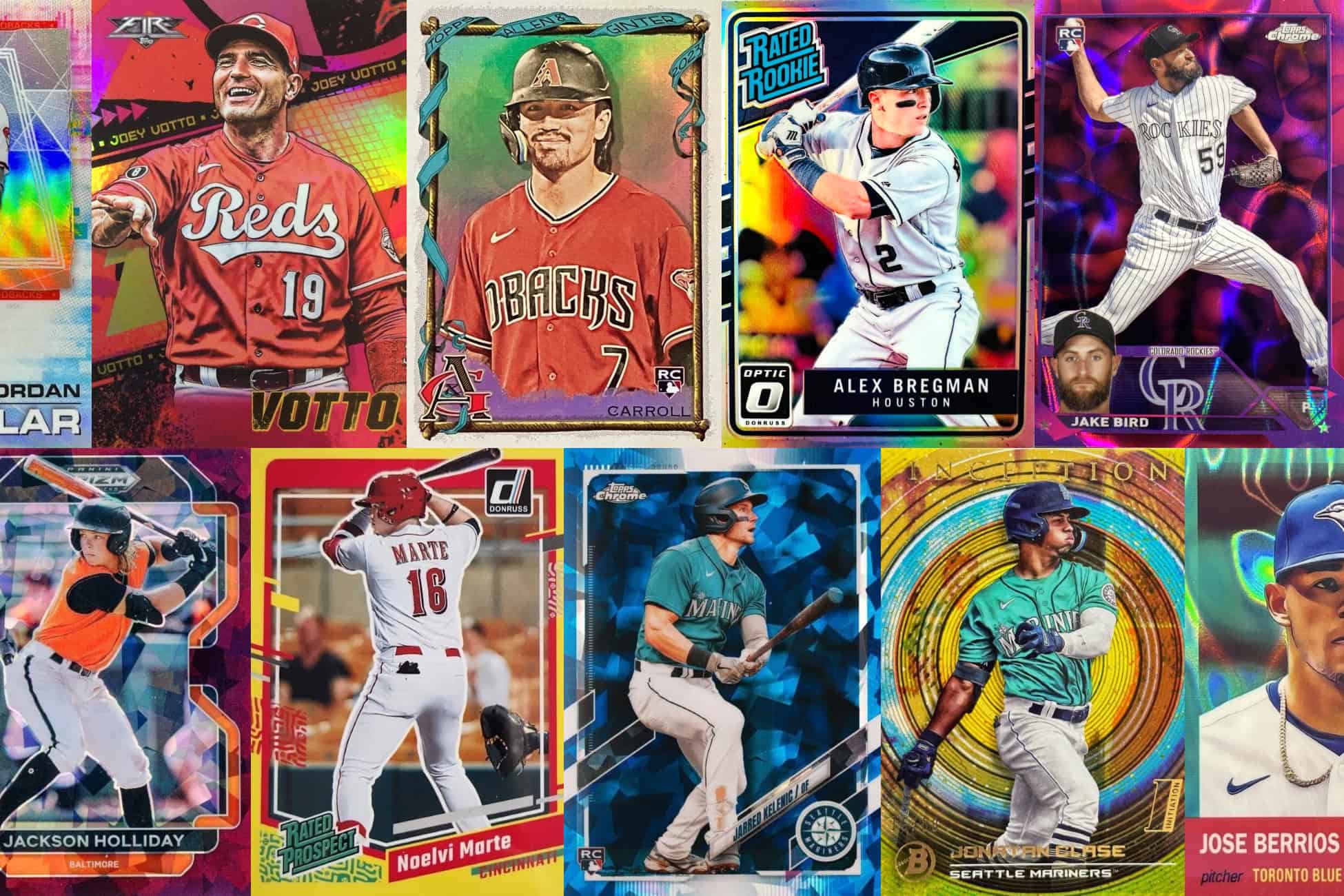In the modern landscape of baseball card collecting, baseball card parallels play a central role. Whether you’re ripping packs for fun or chasing the rarest variations for your graded collection, parallels add layers of excitement, strategy, and value to the hobby. But what exactly are baseball card parallels? How are they made? Why do some collectors swear by them while others see them as overkill?
Parallels are more than just colorful novelties – they represent a fundamental shift in how collectors approach the hobby. Introduced to add variety and scarcity, these cards challenge collectors to go beyond the base set. They’ve also created entire subcultures within the hobby, from rainbow chasers to high-end investors. This article unpacks the concept of parallels in detail, examining how they’re distributed, what types exist, how they’re manufactured, and how collectors perceive them.
What Are Baseball Card Parallels?
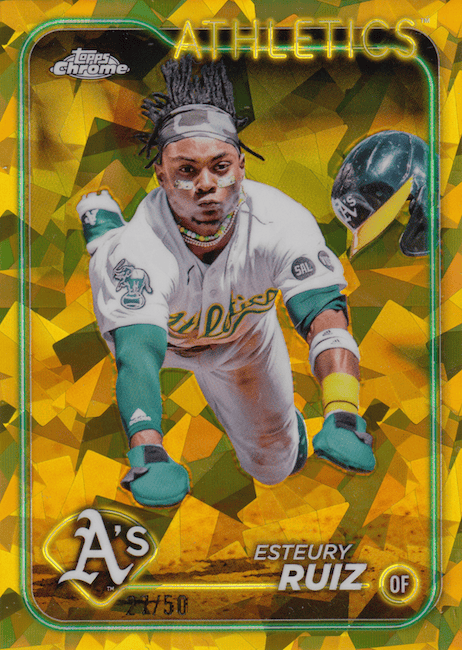
At their core, parallels are alternate versions of base cards within a set. These cards maintain the same player photo and design layout as the base card but differ in key visual or statistical features. Color changes, foil stamping, refractor finishes, and serial numbering are the most common distinctions. A Mike Trout base card might look nearly identical to his red parallel, but the color border instantly tells you it’s part of a rarer subset.
There are also, more rarely, parallels of insert cards. These often following the same format – they are printed differently, usually in a different color. They set that card apart from the basic insert version.
Parallels serve as a creative tool for manufacturers and a challenge for collectors. They encourage set building, introduce scarcity, and fuel the thrill of the chase. Since they’re often limited in print runs, parallels can significantly increase the desirability and market value of a card.
Historical Evolution of Parallels
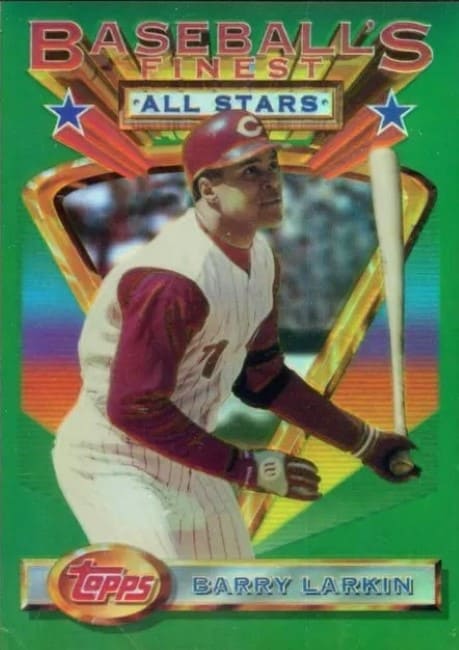
Parallels weren’t always a fixture in the baseball card world. Their roots trace back to the early 1990s when manufacturers began experimenting with foil stamping and different colored borders.
The mid-to-late ’90s saw the rise of refractors, particularly with Topps Finest and Bowman Chrome. These added a sleek, metallic finish that caught on quickly. The landmark 1994 and 1993 Topps Finest sets were immensely popular, and they paved the way for more metallic styles. By the 2000s, parallels had become a staple in nearly every major set, with Upper Deck, Fleer, and Pacific all introducing their own versions.
As printing technology improved, so did the complexity of parallels. Topps began offering acetate, camo, and holiday-themed parallels. Panini brought cracked ice, zebra stripes, and snakeskin patterns to its baseball products. Today, the number of parallel types in a single set can be staggering – but also exciting.
How Parallels Are Distributed
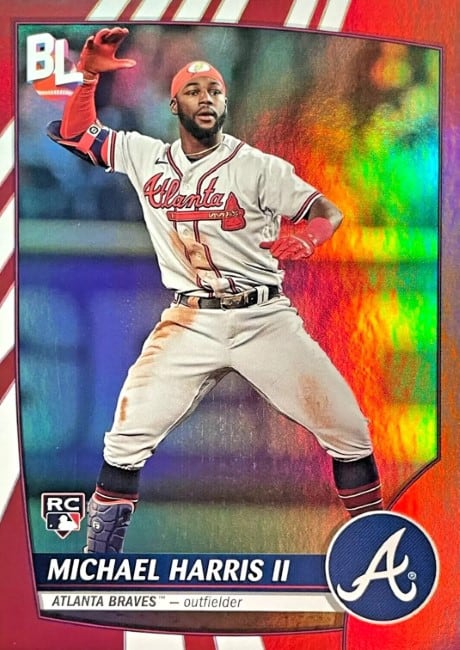
Parallels don’t appear in every pack, and manufacturers often release specific odds to show how rare a parallel is. A flagship Topps base set might include gold parallels seeded one per hobby pack, while platinum parallels may only show up once in every several thousand packs. Retail and hobby boxes often contain different types or frequencies of parallels, making the hunt for certain versions even more strategic.
Some parallels are exclusive to certain formats. For example, Topps Chrome might include X-Fractors that only come in mega boxes sold through specific retail channels. Others, like Black parallels, might only be found in hobby-exclusive products. This segmentation creates scarcity and incentivizes purchases from multiple formats.
Manufacturers generally disclose the odds for pulling each type of parallel online. Collectors can use these numbers to estimate the difficulty of assembling a full parallel set or finding a favorite player’s limited version.
Common Types of Parallels
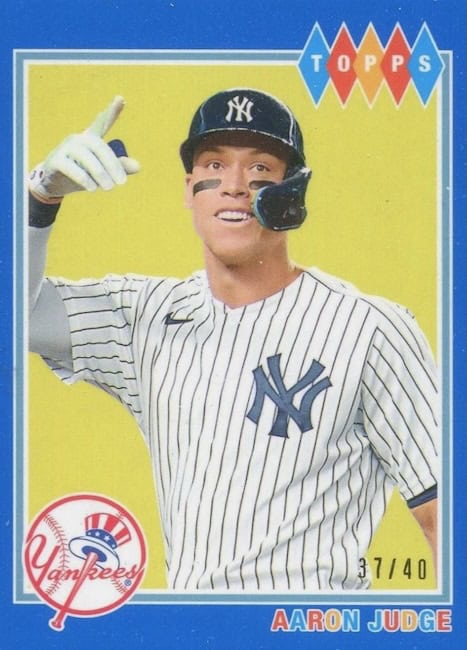
Parallels come in various forms, with their names often reflecting either the color scheme or the manufacturing process. Color parallels are the most straightforward. For example, Topps Gold parallels feature a bronze-toned border and are typically numbered to the year of release (e.g., 2025 Topps Golds are serial numbered out of 2,025).
Rainbow parallel collections are a bit more complex. A single card may have multiple color variations: red, orange, yellow, green, blue, indigo, and purple. Collectors often refer to these groupings as “rainbows,” and completing a rainbow of a single player has become a popular goal. Refractor parallels add a metallic sheen to the card, and different color refractors (Gold Refractor, Orange Refractor, etc.) represent increasing scarcity.
Other popular parallels include Black, Independence Day, Camo, and Mother’s Day or Father’s Day versions. These parallels often tie into holidays or national symbols, and they typically feature shorter print runs. Sapphire parallels, known for their striking crystalline blue background, are exclusive to certain products and are highly coveted in the hobby.
Serial-Numbered vs. Unnumbered Parallels
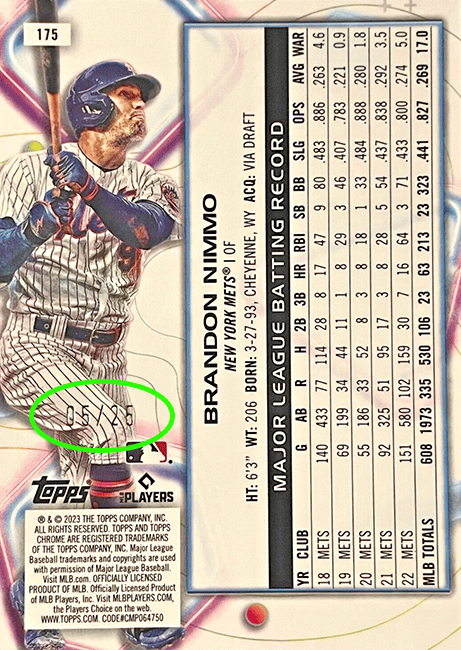
Not all baseball card parallels have the same level of scarcity. Serial-numbered parallels show how many copies of a particular version exist. For instance, a card numbered 12/99 indicates that it’s the 12th out of a total of 99 printed. Collectors value these cards more because they can determine exactly how rare they are.
Some parallels, especially those in lower-end products or retail packs, don’t have serial numbers. These can still hold value based on perceived rarity or player popularity, but they lack the quantifiable scarcity of a numbered card. While some unnumbered parallels are widely available, others are short prints (SPs) that are difficult to find even without serial numbers. Collectors use published odds, community feedback, and experience to estimate their scarcity.
Understanding Serial Number Rarity

While all serial-numbered parallels show limited production, not all numbers signify the same level of rarity. Generally, the lower the number, the rarer and more valuable the card. For example, collectors consider a card numbered /25 far more desirable than one numbered /499. Here’s a breakdown of how collectors typically view the tiers of scarcity:
Cards numbered 1-of-1 represent the pinnacle of rarity and demand. These “true one-of-ones” often feature unique designs, such as Superfractors or printing plates, and can fetch thousands of dollars depending on the player and condition.
Cards numbered /5 or /10 are considered ultra-rare and often reserved for the most premium versions of a parallel set. These are usually vibrant or visually striking, such as Red, Gold Vinyl, or Black parallels. These are harder to find from a large company, like Topps. Smaller companies, like Wild Card, create fewer cards overall and can therefore offer lower serial numbers.
The /25 and /50 range represents a high level of scarcity while still being somewhat obtainable. These are commonly sought after by player collectors and often hold steady resale value.
Serial numbers like /99, /150, or /199 are more common but still valued as they provide verified scarcity. These are often the starting point for numbered parallels in most modern sets.
Higher serial numbers – such as /299, /399, or /499 – are considered mid-level parallels. While not especially rare, they still offer more value and appeal than unnumbered base cards.
Quadruple digit serial numbers – such as 2,205 – are considered entry-level parallels. Cards numbered to /999 might also fall into this category, depending on the desirability of the set.
The perception of rarity can also depend on context. A /99 card of a superstar rookie might be more valuable than a /25 card of a journeyman. Additionally, “bookend” serials (like 1/99 or 99/99) and jersey-numbered cards (e.g., 27/99 for Mike Trout) can command premiums due to collector preferences.
How Parallels Are Manufactured
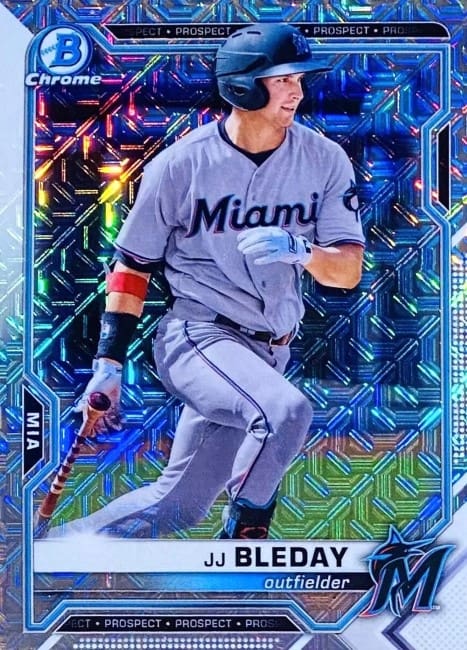
Creating a parallel often involves altering a specific layer of the printing process. For color parallels, manufacturers adjust the ink layer or border design. In Chrome or Optic sets, refractors use a metallized film layered over the standard card stock to produce the trademark shine.
Serial-numbering is done with stamping machines after the cards are printed and cut. These machines imprint the unique number – often in foil – directly onto the card surface. This process requires careful calibration to ensure the numbering lands in a visible and consistent spot.
Some parallels require more complex production methods. For example, Topps Clear parallels are printed on acetate, a transparent plastic-like material. This alters the texture and transparency of the card entirely. Others, like Topps Tek patterns, use layered holographic printing to generate intricate designs that catch the light differently depending on the angle.
Fan Perception and Market Trends
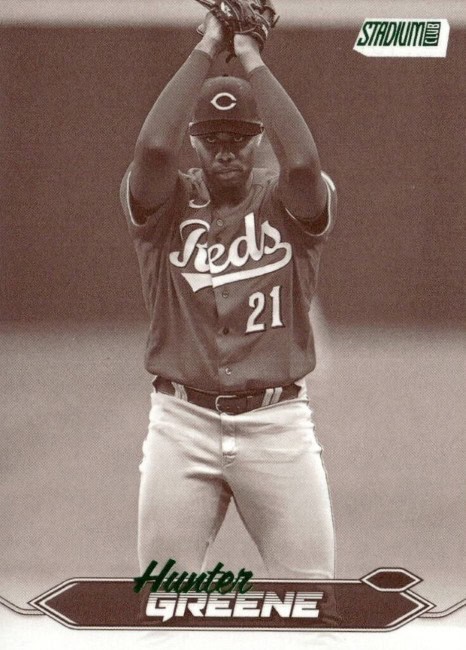
Parallels spark a range of opinions within the hobby. Many collectors enjoy the variety and thrill they bring to pack opening. The chase for rainbows – getting every color parallel of a single player – has become a goal for player collectors. Serial-numbered parallels add prestige and value, especially for rookies or stars.
However, not everyone is a fan. Some argue that the sheer number of parallels dilutes the uniqueness of any individual card. Flagship Topps sets, for instance, may have over 50 different parallels for each base card, leading some to feel overwhelmed or disinterested. Others worry that unnumbered parallels lack transparency, making it hard to gauge value.
Still, parallels remain an essential part of the modern hobby. For flippers and investors, low-numbered parallels offer short-term gains and long-term value, especially when graded. For set builders, they present a challenge. And for casual collectors, pulling a shiny, colorful variation simply makes the experience more fun.
The Impact of Parallels on Value
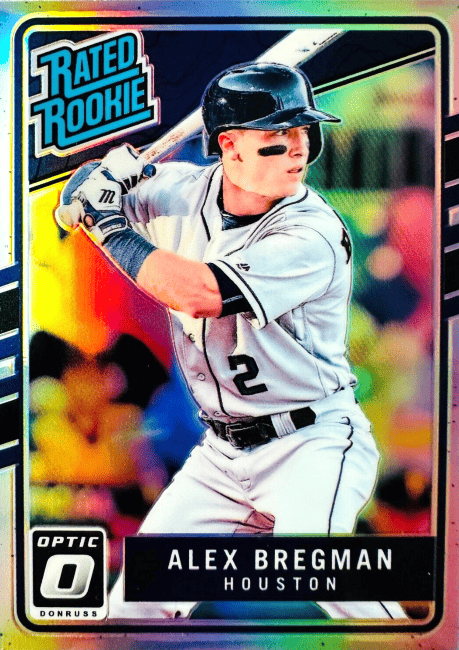
Parallels often drive secondary market prices. A base rookie card of a top player might sell for $10, but a Gold /50 version of the same card could command hundreds. This value difference stems from scarcity, aesthetics, and collector demand.
Grading services like PSA and BGS have amplified the importance of parallels. A low-population parallel in a high grade can reach astronomical prices. Collectors often chase these rare versions not only for their beauty but also for their potential as investment pieces.
However, not all parallels hold equal value. Market saturation and lack of serial numbers can diminish appeal. Retail-exclusive parallels, for instance, are often easier to find and less valuable unless the card features a high-profile rookie or star player. Still, savvy collectors often keep an eye on trends, noting which parallels consistently perform well on resale platforms.
Final Thoughts
Parallels have become an essential and dynamic part of baseball card collecting. Whether you’re a completionist chasing rainbows, an investor seeking low-numbered gems, or a casual fan who enjoys the sparkle, parallels offer something for everyone. They blend art, technology, scarcity, and storytelling into a format that keeps evolving. As manufacturers continue to experiment with new designs and distribution methods, parallels will likely remain at the forefront of the hobby—both celebrated and debated by collectors for years to come.
